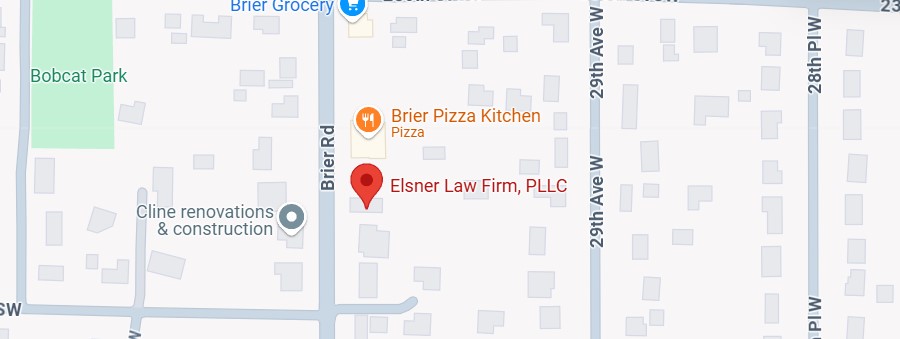Avoiding Head-On Collisions: Your Guide to Safety
Imagine this: The front ends of two cars collide while traveling at a high speed. This, my friends, is what we know as a head-on collision. Sadly, it’s one of the worst types of car accidents out there, inflicting immense forces on its victims.
We’re here to equip you with the knowledge you need to avoid such a terrifying situation.
The National Safety Council recommends “the four R’s” as your key to avoiding a head-on collision. Let’s dive in:
- Be aware of your surroundings: The first step in safeguarding yourself is to be mindful of your environment. Take a moment to read the road ahead. Look around your vehicle, checking in front and on all sides. Awareness of your surroundings and other cars is crucial. Keep an eye out for the next hill, curve, or overpass. Catch fellow drivers’ attention by turning on or flashing your headlights and honking your horn if needed.
- Drive to the right: On a two-lane road, the safest position you can be in is slightly to the right of the center of your lane. This placement brings you closer to the shoulder and creates an escape route in case of danger. If you spot an oncoming vehicle that’s drawing too close to the center line, start braking and drive slightly to the right of your lane. Remember, the closer the other vehicle gets, the further right you must go.
- Reduce your speed: Maintain a lower speed if you notice anything unusual or hazardous up ahead. Slowing down not only decreases the energy of your car but also enhances your control over the vehicle. It gives you the precious time needed to react to any sudden changes on the road.
- Ride off the road if necessary: Should you find an approaching vehicle, it’s essential not to make any sudden movements like jerking the wheel or slamming on your brakes. Skidding off the road can cause you to lose control, and we definitely don’t want that. Instead, steer yourself out of the impact path, even if it means driving off the road and onto the shoulder or the unfortunate encounter with a ditch or tree. It’s better to make this split-second decision to avoid a head-on collision.
And here are a few additional tips to keep in mind:
- Never straddle or hug the center line: By staying away from the center line, you make yourself a less likely target for a head-on collision. Safety should always be a top priority for you and your loved ones.
- Pay attention when passing: When passing another vehicle, pay close attention to ensure you have enough room to complete the maneuver safely. You don’t want to place yourself in a perilous position.
- Avoid driving to the left of oncoming vehicles: Going into the lane of approaching traffic is playing with fire. It’s best to stay in your proper lane and let the other driver correct themselves if they happen to veer off course.
- Swerving into the left lane? Don’t risk it: If you ever find yourself in a situation where you need to swerve to the left lane, think twice. It’s safer to drive off the road, making contact with the shoulder or even a ditch if necessary, rather than colliding head-on with another vehicle.
Now, suppose you’ve experienced a head-on collision. In that case, we understand you’re not only facing a physically and financially draining recovery process but also the potential mental health effects, such as post-traumatic stress disorder (PTSD). Our compassionate team at Elsner Law Firm, wants to assist you during this difficult time. We’re here to take the weight and stress of dealing with insurance companies off your already full plate, allowing you to remain focused on your recovery.
Reach out to us at 206-447-1425 for a free consultation. Remember, you’re not alone—our dedicated team is here to support you every step of the way.






